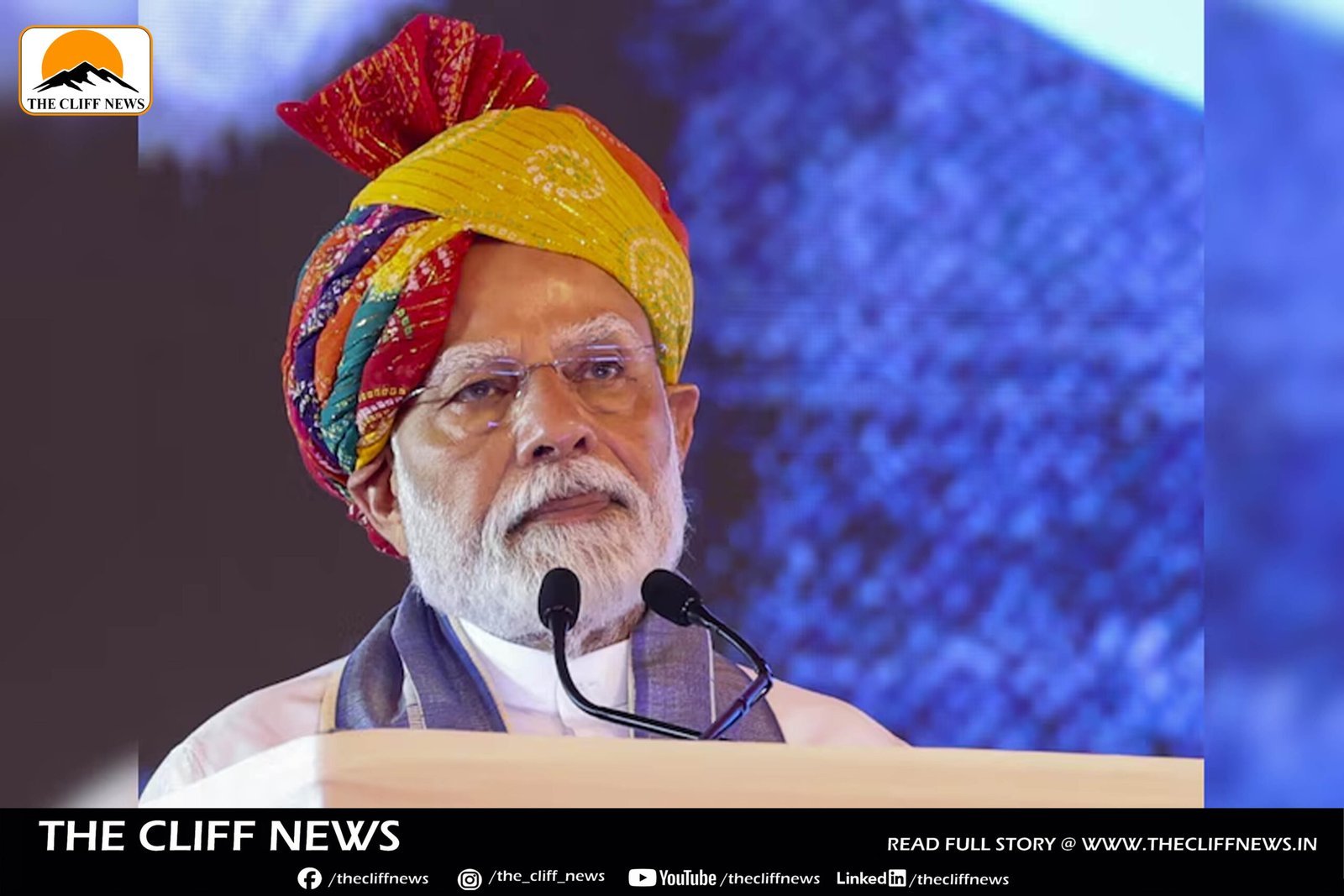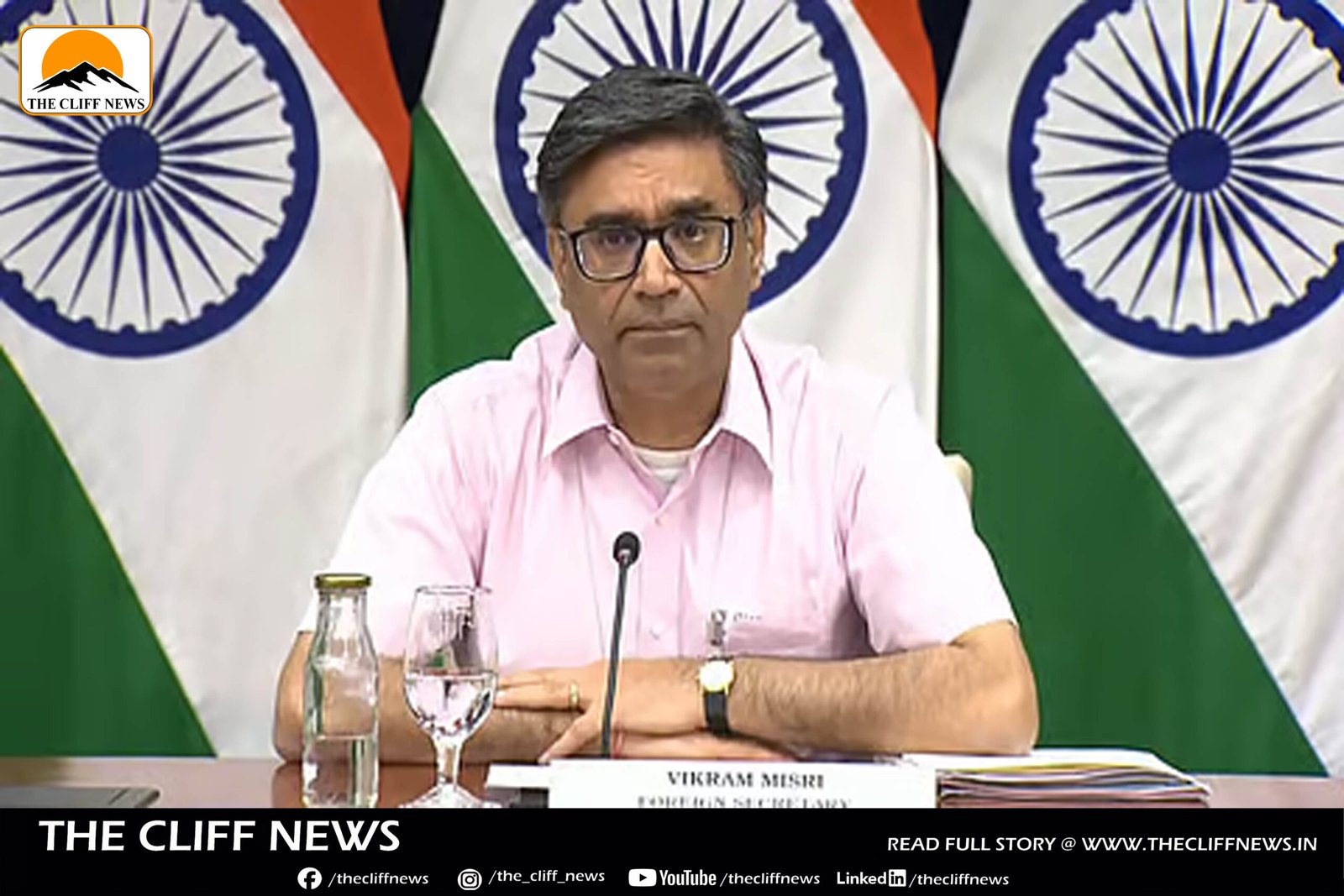The United States has raised tariffs on Chinese imports to a staggering 245%, citing retaliatory actions by Beijing, the White House announced on Tuesday afternoon (India time). This latest development marks a sharp escalation in the ongoing trade war between the two global economic giants, pushing the standoff further into uncertain territory.
The move comes after President Donald Trump authorised a formal investigation into the national security risks associated with the United States’ dependence on imported, processed critical minerals and related products. These include essential resources like cobalt, lithium, nickel, and rare-earth elements — materials that are vital for manufacturing smartphones, electric vehicle batteries, and military equipment.
The White House noted that over-reliance on foreign sources for such minerals leaves the US vulnerable to “serious, sustained, and long-term supply chain shocks.” It warned that this dependence could potentially endanger national security, hinder technological advancement, and undermine economic stability.
Previously, the tit-for-tat tariff exchanges had seen the US imposing a 145% tax on Chinese imports, with China retaliating with a 125% tariff on American goods. In addition, China banned the export of key materials used by aerospace manufacturers and military contractors in the US.
Despite these economic headwinds, a senior Chinese official on Wednesday admitted that the American tariffs were exerting pressure. However, China reported a stronger-than-expected economic performance, with its economy growing by 5.4% in the first quarter. Industrial output rose by 6.5% and retail sales by 4.6% year-on-year. Even so, Beijing acknowledged that the global economic outlook is becoming increasingly “complex and severe,” necessitating fresh efforts to drive growth and boost consumption.
President Trump, meanwhile, has made it clear that the next move is up to China. “The ball is in China’s court. China needs to make a deal with us. We don’t have to make a deal with them,” he said, just a day after accusing Beijing of reneging on a significant Boeing agreement.
Trump has long claimed that countries like China, India, and Brazil impose higher tariffs on American imports than the US does on goods from those nations. He has advocated for reciprocal tariffs as a way to either force foreign governments to lower their trade barriers or stimulate domestic manufacturing, thereby creating local jobs—a key plank of his re-election campaign.
Since January, the Trump administration has steadily increased tariffs on Chinese goods, starting with 10% hikes in February and March and culminating in a 34% spike in April. By April 9, the cumulative tariffs exceeded 100%, causing global financial markets, including in the US, to tumble. While Trump has paused some tariff orders, those affecting China remain firmly in place.
In retaliation, China suspended imports of American sorghum, poultry, and bonemeal, imposed trade restrictions on 27 US firms, and filed a formal complaint with the World Trade Organization. Beijing has also intensified diplomatic outreach to other global players like India and the European Union, seeking to counterbalance US influence. Chinese Foreign Minister Wang Yi recently urged New Delhi and Beijing to “make the elephant and dragon dance” and jointly oppose “hegemonism and power politics.”
As the trade tensions deepen, the path forward remains uncertain, with significant implications for global trade, geopolitics, and economic stability.



